Mount Fuji (富士山, Fujisan) is Japan’s most recognizable icon, a sacred mountain beloved by both the Japanese and travelers worldwide. Every year, thousands of hikers reach the summit of Mount Fuji, at 3,776 meters above sea level, and witness a breathtaking sunrise from one of the most spectacular spots on the planet.
Climbing Mount Fuji is a unique experience, but it requires preparation. What is the best time of year to climb Mount Fuji? What are the most suitable routes? What to expect once at the top? In this guide, you will find out everything you need to know before embarking on this incredible adventure!
- What is the Best Time to Climb Mount Fuji?
- Costs and Reservations Required Before Climbing Mount Fuji
- The Different Routes to Reach Mount Fuji’s summit
- Essential Equipment for Climbing Mount Fuji
- Climbing Mount Fuji at Night: the Thrill of Watching the Sunrise from the Summit
- Beware of Altitude Sickness
- What to Do on Mount Fuji’s Summit
When is the Best Time to Climb Mount Fuji?
The trails to hike Mount Fuji are only open during the official hiking season, which usually runs from July to early September. In addition to being the safest time to climb the mountain, temperatures are milder during these months, and all on-site services such as restaurants, stores, shelters, and toilets are active. The trails tend to be busiest on weekends and during the Obon holiday in August.
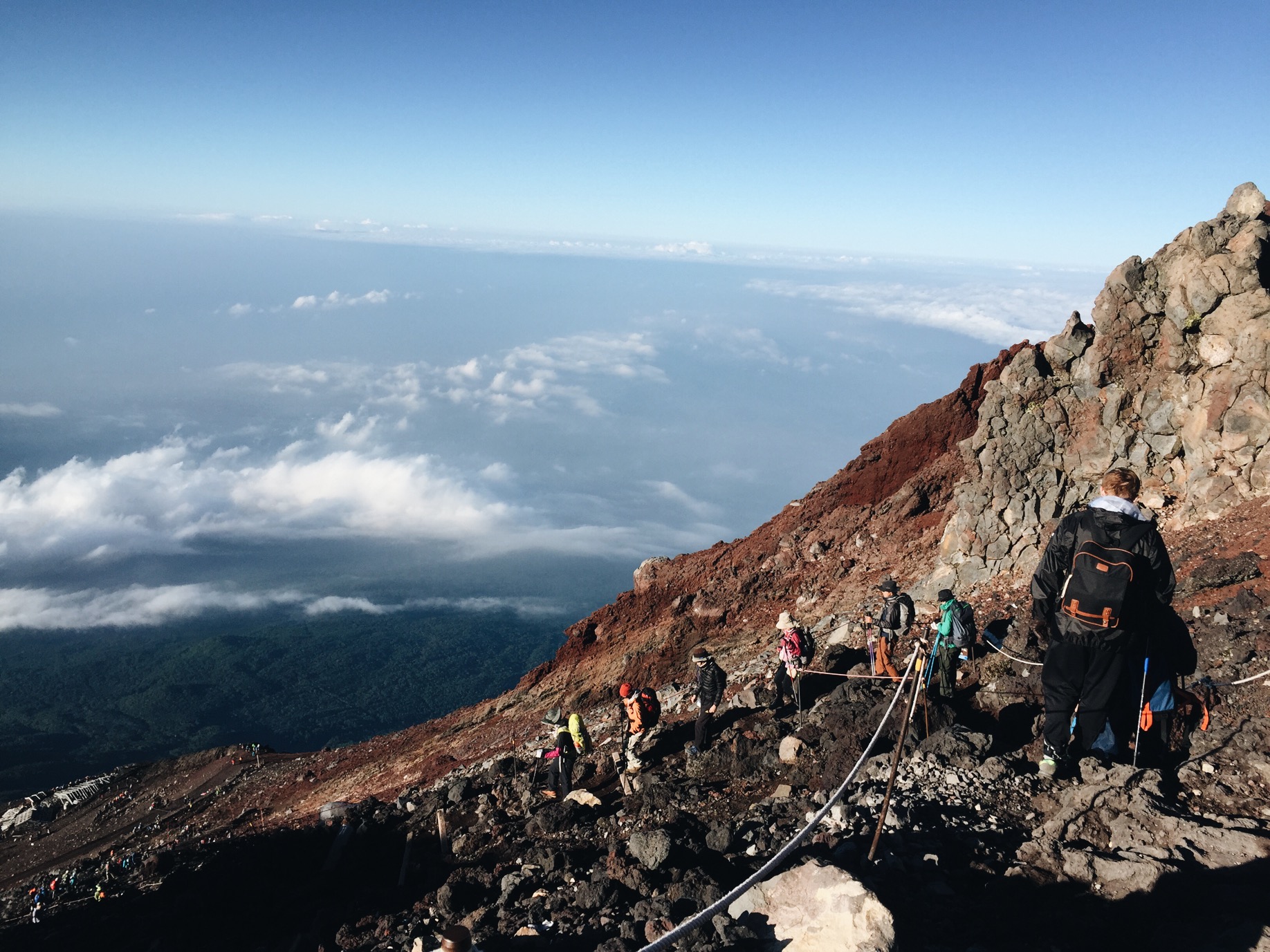
Off-season climbing is dangerous and strongly discouraged. For experienced climbers who wish to climb Mount Fuji out of the hiking season at their own risk, some very strict rules and regulations must be followed. You must demonstrate that you have all the necessary equipment and obtain approval for your climbing plan.
Costs and Reservations Required Before Climbing Mount Fuji
Given the large number of people wishing to climb Mount Fuji and the increase in incidents, reservation systems and fees have been introduced to access the summit: Each climber is required to pay a mandatory fee of 4,000 yen and register through an online system (available starting in April). For the most popular trail, the Yoshida Trail, there is a daily limit of 4,000 hikers (note that in 2024, this limit was never reached). There will also be limited access to the trails from 2pm to 3am for those who do not have a reservation at a lodge (this is to avoid overnight climbs).
The Different Routes to Reach Mount Fuji’s Summit
There are four routes to choose from, with different difficulty levels and estimated travel times. Mount Fuji is divided into 10 separate rest stations, and most trails start at the fifth station. Consider the various options carefully before choosing your trail!
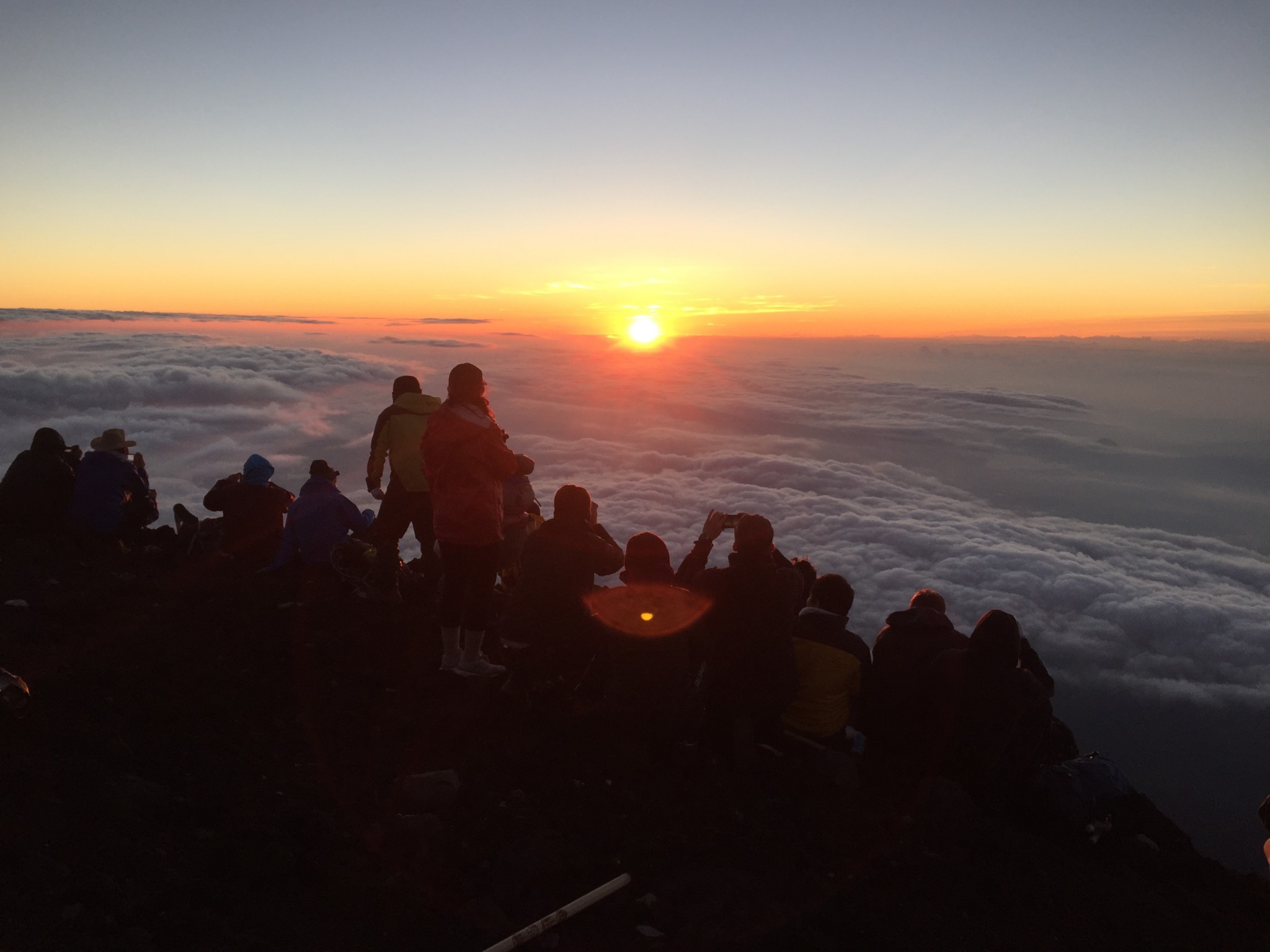
Yoshida Trail
The Yoshida Trail is the most popular and accessible route, with direct buses running from Tokyo to the trailhead, the fifth station on the Fuji-Subaru Line. The ascent may take about six hours and just over four for the descent. It is often chosen because of the splendid view of the Five Lakes of Mount Fuji, already visible from the starting point.
 Fuji Subaru Line 5th Station
Fuji Subaru Line 5th Station
ESTABLISHMENT POINT_OF_INTEREST- Kamiyoshida, Fujiyoshida, Minamitsuru District, Yamanashi 403-0005, Japan
- ★★★★☆
Fujinomiya Trail
This is the other most popular trail: the route is shorter but steeper and more challenging. It takes about four and a half hours to climb, and a couple of hours to descend.
 Fujinomiya Trail 5th Sta. Parking Lot
Fujinomiya Trail 5th Sta. Parking Lot
ESTABLISHMENT PARKING POINT_OF_INTEREST- Awakura, Fujinomiya, Shizuoka 418-0011, Japan
- ★★★★☆
Subashiri Trail
This trail on the eastern side starts at a lower elevation than the others, suitable for those who want to enjoy a quiet hike through the forest. Near the eighth station, it joins the Yoshida Trail, becoming more crowded.
 Subashiri-guchi Gogohme・・ubashiri 5th Station)
Subashiri-guchi Gogohme・・ubashiri 5th Station)
ESTABLISHMENT POINT_OF_INTEREST TRANSIT_STATION- Subashiri, Oyama, Sunto District, Shizuoka 410-1431, Japan
- ★★★★☆
Gotemba Trail
It is the longest climb (at least seven hours) and doesn’t offer much shelter for resting; therefore, it is not recommended for inexperienced hikers.
 Mount Fuji Gotemba 5th Station
Mount Fuji Gotemba 5th Station
ESTABLISHMENT PARKING POINT_OF_INTEREST- 2110-10 Nakabata, Gotemba, Shizuoka 412-0006, Japan
- ★★★★☆
Essential Equipment for Climbing Mount Fuji
Before climbing Japan’s highest mountain, it is necessary to be properly equipped. There are some essential items to take with you so that you are prepared for all kinds of eventualities.
- Hiking boots
The terrain varies during the ascent as it is volcanic it is very uneven and rocky, and it is almost inevitable to trip or fall at least once. To minimize the risk of falling, it is important to have sturdy hiking boots. Sneakers and sandals are not suitable for climbing. - Warm clothing
Although it can be very hot at the base of Mount Fuji during the hiking season, temperatures at the summit are always cold, particularly at night and early in the morning, when they can drop even below freezing. Be sure to dress in several layers, to put on or remove as needed. - Flashlights
If you are climbing Mount Fuji at night, a light is essential, useful for seeing the trail and avoiding accidents. Most hikers use headlamps attached to helmets or headbands so that their hands are free while climbing. - Water
We recommend that you have one or two liters per person on hand; in fact, you need to drink frequently to avoid altitude sickness. Keep in mind that there are no trash cans on Mount Fuji, so you will need to keep any plastic bottles with you until you return. - Snacks
Bring sweet or salty snacks, dried fruit, bars or other easy-to-eat foods that will provide the right energy boost. - (Optional) Walking stick
You can buy a stick at one of the stores at the fifth station before you start the hike and, along the way up, have it stamped at each station. You can purchase it as a nice souvenir. - (Optional) Compressed oxygen
For those who suffer from altitude sickness, compressed oxygen can help relieve some of the symptoms, such as dizziness or shortness of breath. Canisters are available at the fifth station.
Remember to bring a handful of 100 yen coins as well, because there is a fee for toilets. Calculate between 200 and 500 yen per bathroom break. These fees make sense given the costs of cleaning and maintaining the facilities.
Climbing Mount Fuji at Night: The Thrill of Watching the Sunrise from the Summit
Climbing up and down Mount Fuji takes about ten hours, and doing it in the day is usually discouraged. Many hikers choose to leave at night and reach the summit early in the morning, just in time to see the sunrise and then return. Admiring the sunrise from the summit of the sacred Mount Fuji is a breathtaking experience, but it is best done at the right pace and with adequate rest, stopping at one of the lodges. On the official website you can find an example of climb planning to safely watch the sunrise.
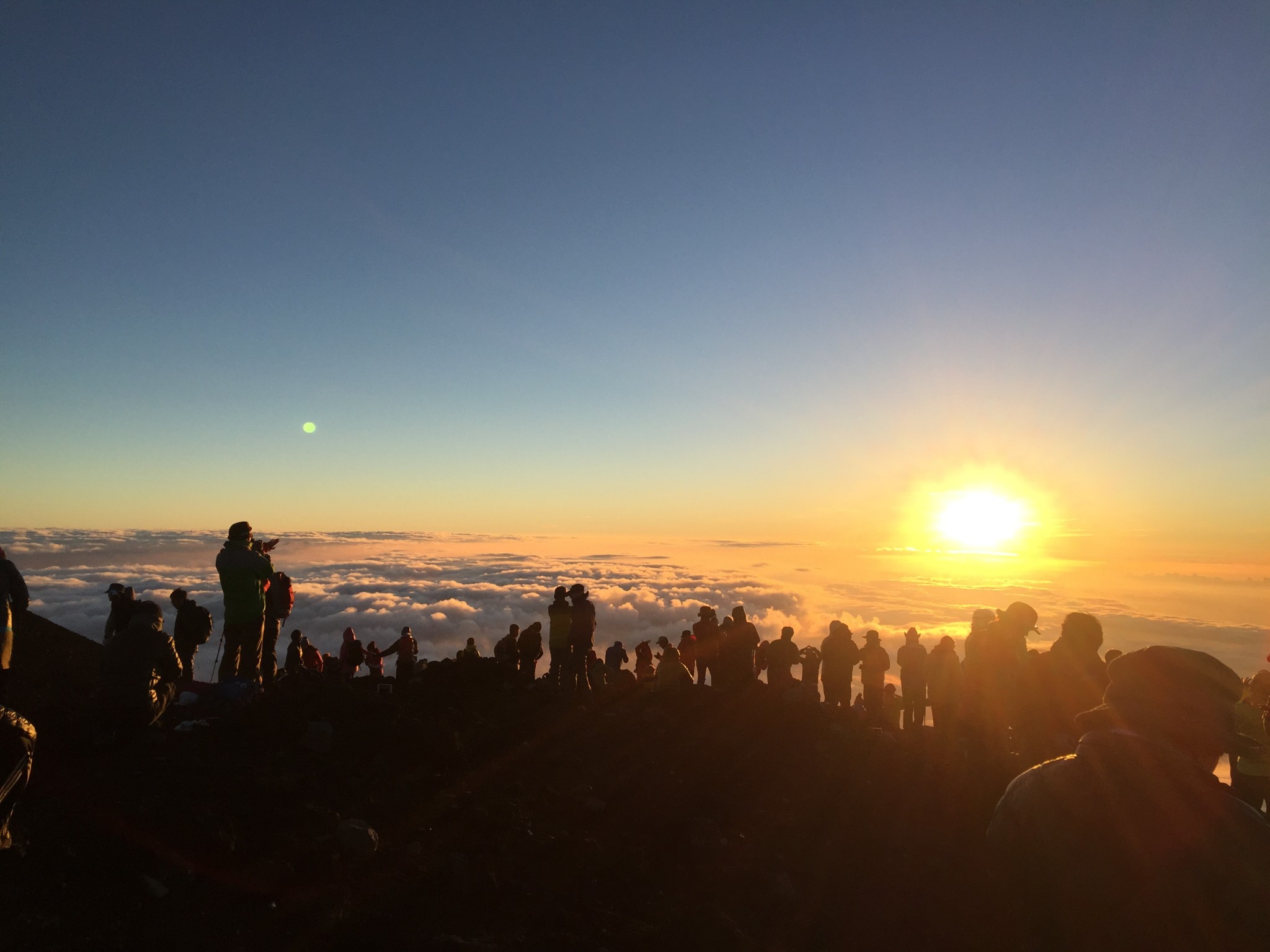
Sunrise is a popular time and there can be quite a crowd of hikers, especially from 3am to 5am on the section from the eighth station to the summit. Calculate your timing accordingly, and keep in mind that the sunrise is also very beautiful to watch at points other than the summit, such as from your own hut.
Beware of Altitude Sickness
Most people associate altitude sickness with flying, but it is actually a symptom that can occur just as well when climbing to extreme altitudes; in fact, it is also called “mountain sickness.” Symptoms of mountain sickness include dizziness, headache, difficulty breathing and nausea. To avoid discomfort, you should plan moments of rest at each of the 10 stations along the route, for a minimum of 20 minutes, in order to adjust to changes in altitude. Consider stopping to sleep at the shelters available along the trails, but remember that reservations must be made in advance.
What to Do on Mount Fuji’s Summit
The summit of Fuji overflows with the enthusiasm of climbers who have reached their goal. At the top you can find the Kusushi and Okumiya shrines and a shelter offering hot meals and drinks.
There is even an operating post office from which to send postcards to let your loved ones know that you have reached the summit safely. Don’t forget to check out the crater, too: after all, Mount Fuji is still a volcano!
Climbing Mount Fuji is a major challenge, but don’t limit yourself if you really want to achieve when traveling to Japan. Here you can read the personal experience of Jonathan Reeve, who hiked Mount Fuji for the first time in 2019.
We recommend that you consider the climb as part of a larger itinerary and take advantage of it to visit some of the places nearby, perhaps by taking a drive or exploring the Fujinomiya area.
 Mount Fuji
Mount Fuji
NATURAL FEATURE- Mount Fuji, Kitayama, Fujinomiya, Shizuoka 418-0112, Japan
- ★★★★☆
Edited in 2025 by Stefania Da Pont


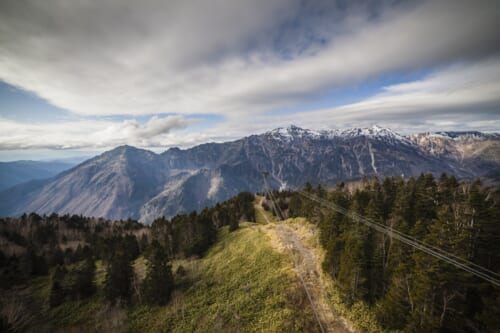
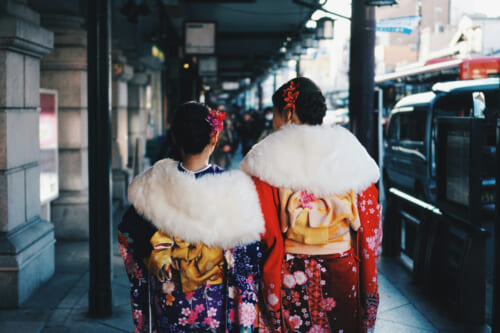
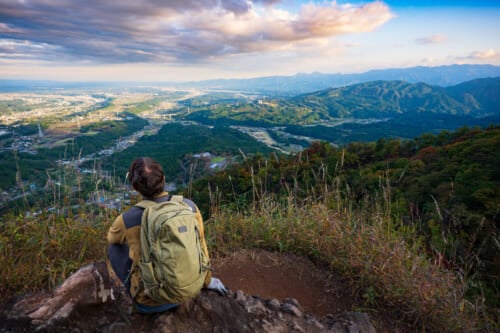
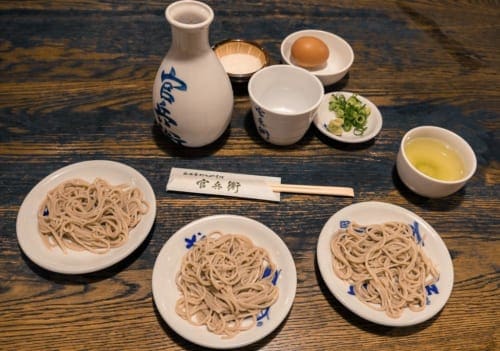
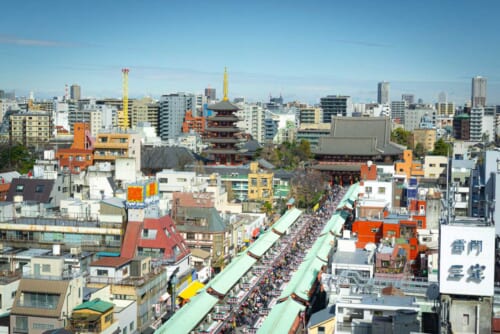
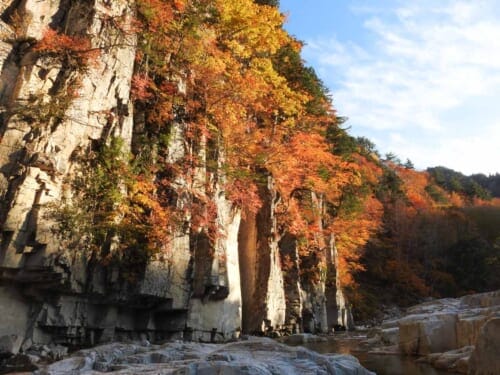
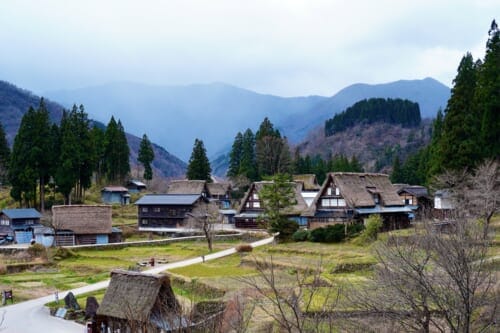


No Comments yet!